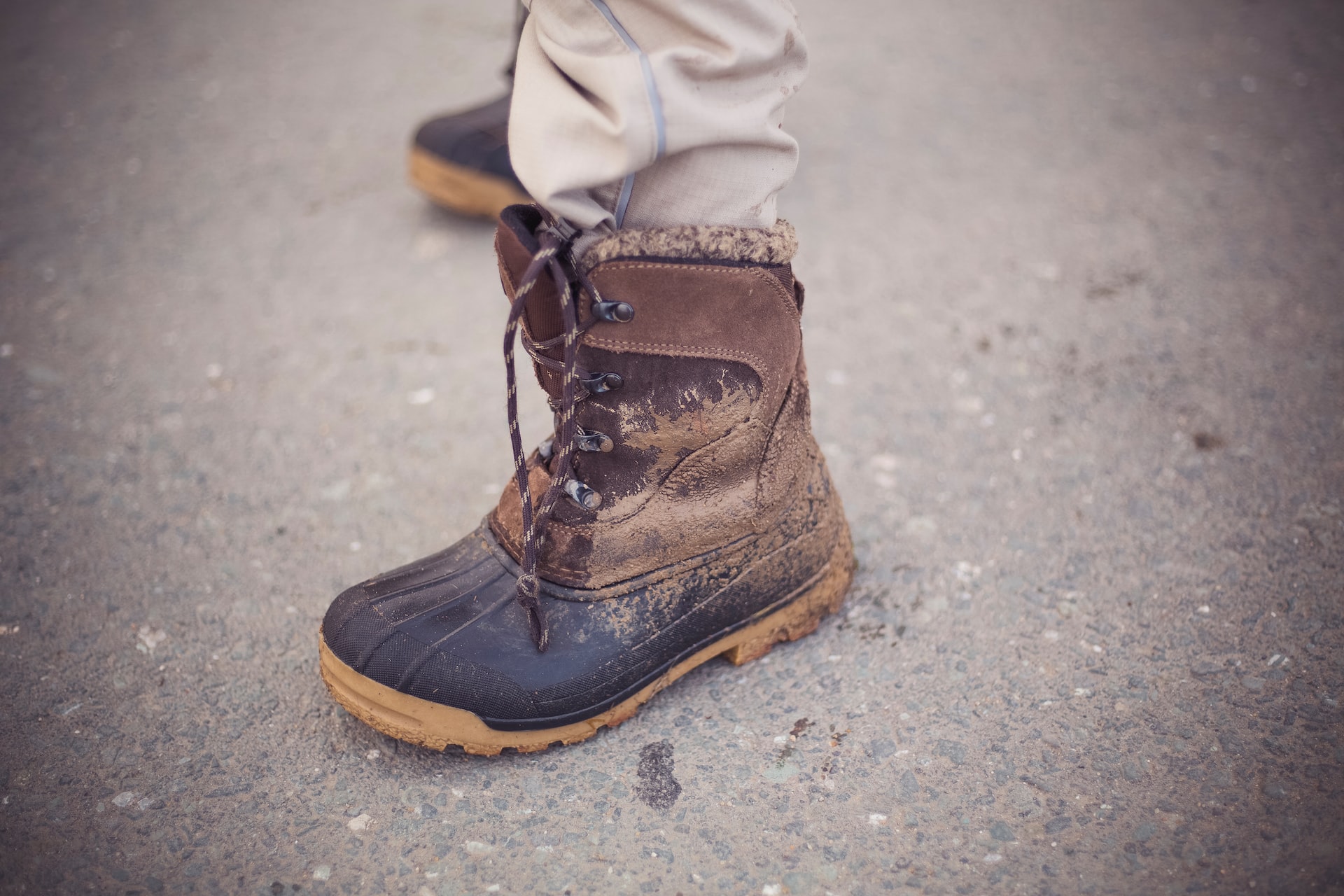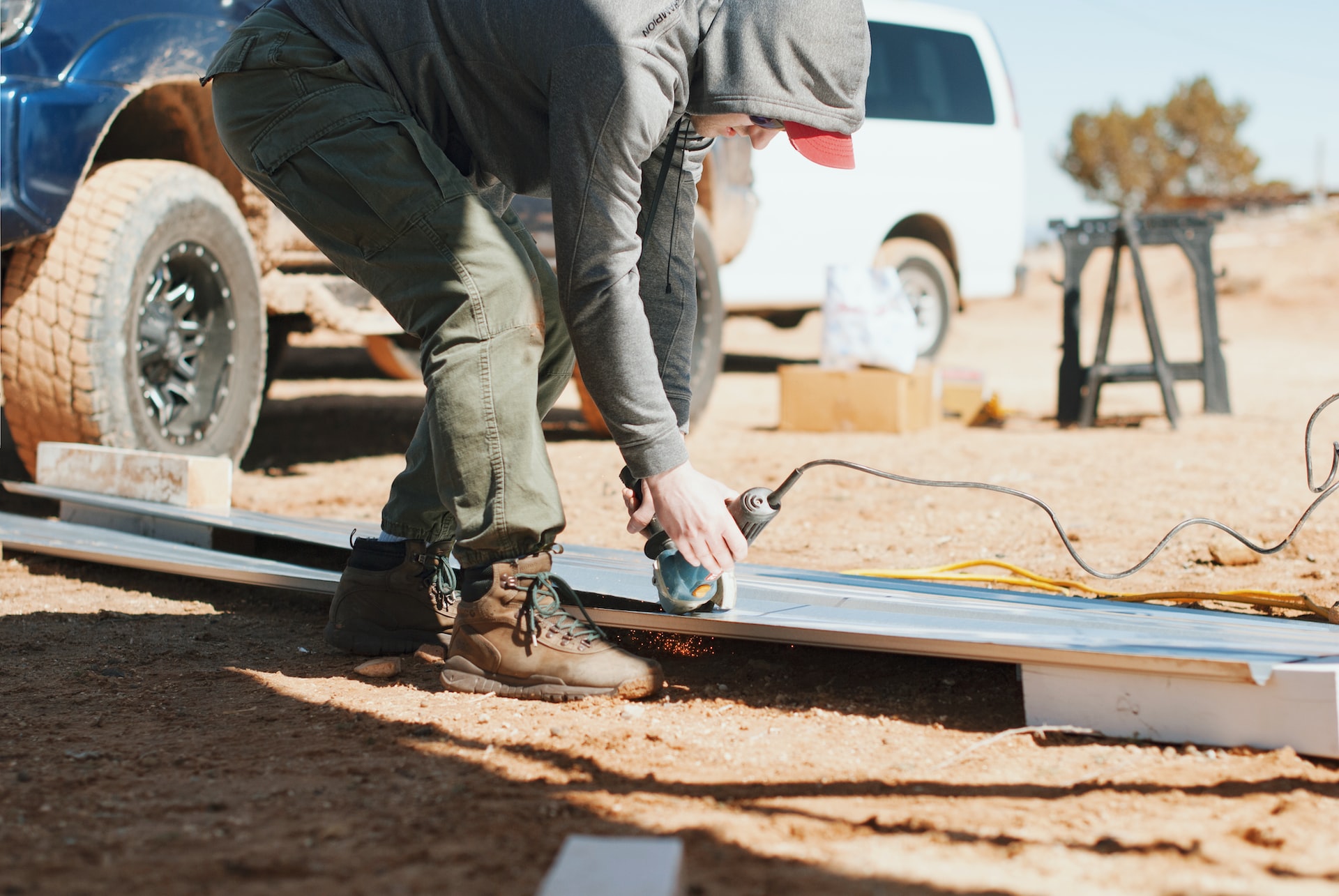Being a construction manager is no easy task, and there are things that everyone can overlook, especially when you are working with seasoned workers. However, safety and injury prevention are some things you should never overlook, no matter how banal it may seem at first.
Follow environmental guidelines
Another issue are the environmental guidelines. How often have you seen roofers working in the hottest part of the day in the middle of summer? Trust us, it happens. However, this is something their safety manager wasn’t supposed to allow. Environmental hazards can happen both during summer and winter days, as extreme heat is equally hazardous as a cold and muddy site. So it is necessary to follow all the guidelines for working in such conditions, if working is even possible.
Keep the site clean
Besides watching out for external problems, like the weather, a good manager should also pay attention to the workers. Construction sites tend to get messy, cluttered with scrap material and muddy. If left like that, somebody can easily trip over a metal rod or piece of cable and injure themselves. Hidden debris are your worst enemy, and they can make every minor fall turn fatal. So, just go by this – a clean site is a safe site.
Personal protective equipment
Every worker should be provided with adequate safety equipment. They should also be required to put it on before entering the site. There is a good reason why safety equipment exists, as it can prevent both minor and serious injuries, like injuries to the eyes, limbs and other body parts. From sturdy safety boots from Australia with metal toe caps, to hardhats, protective clothing and gloves, each piece should be mandatory for all.

Prevent lifting injuries
Definitely one of the most taxing parts of a construction job, lifting heavy equipment and materials is basically unavoidable at a construction site. However, an improper lifting technique can seriously shorten a person’s working life, and it can cause serious injuries, like a slipped disc or hernia. That is why it is important that your workers lift with proper form, and as safely as possible. And to immediately report if something feels off.
Provide site training
While everybody considers it almost as a given, that everyone knows how the construction industry operates, it can come as a surprise that some of the newer construction workers haven’t received proper site training. So, to prevent any slip-ups, it is best for every worker to be reminded of proper site conduct before each project. Each project is slightly different, with different requirements, so it is the manager’s job to ensure that each worker is familiar with the safety methods of each new site.
Manage risk
Continually inspecting safety equipment, checking every scaffolding, providing protective gear and eye wear is the responsibility of every good safety manager. Better be safe than sorry. Regular site safety inspections are a sure way to prevent accidents and injuries. Another great way to reduce the risks is by having an emergency response system established, and a personal fall arrest for every worker that has to be off the ground.
Use clear signage
Another seemingly insignificant detail, but which can prevent serious emergencies, is to have clear signage throughout the site. The SWMS should be clearly displayed, so that all safety protocols are visible for everyone, this also includes a map of the site and an emergency contact number. Visible signage should also indicate site amenities (such as toilets), first aid or emergency fire equipment, and exits and entries.
Properly store hazardous materials
Dangerous components and hazardous materials are something not to be played with. The storage of chemicals and explosives must follow precautionary guidelines, to mitigate the risk of fires, injuries and site pollution. Every dangerous component should be properly stored according to guidelines.
Provide First Aid kits
Every construction site has to have readily available first-aid kits. That’s why you should have an officer on standby during working hours. The number of kits and officers should be in accordance to the number of workers and the size of the site, so that help can be provided on time.
There is a lot to think about when ensuring that your site is as safe as possible. We all know that working in construction comes with its dangers, but your job as a safety manager is to mitigate these risks. Always think about the safety of your people, rather than staying within budget.



